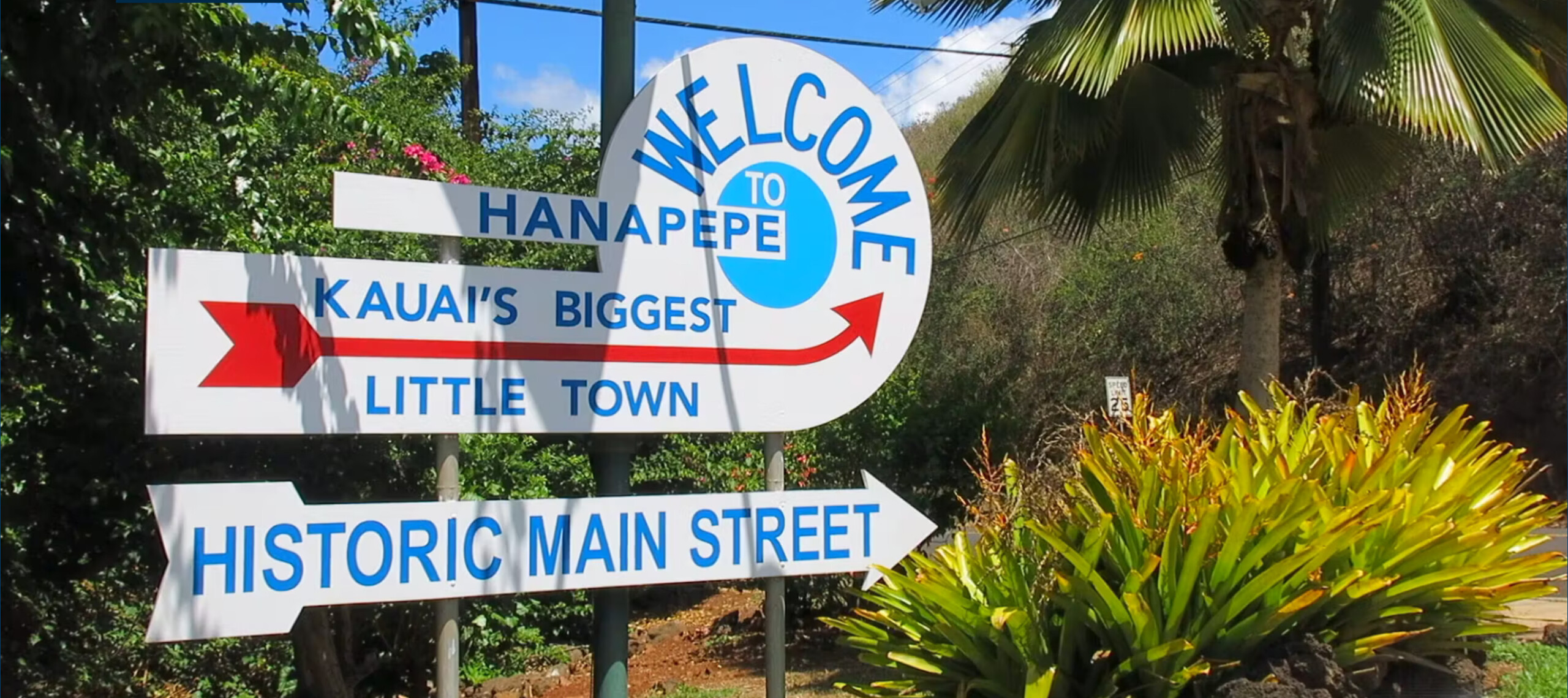By Tommy Noyes

There is a fairly good distribution in age of questionnaire respondents. However, the majority (68 percent) of them are over the age of 55. Path users expressed appreciation for the path as an invaluable resource for recreation and physical activity, and many respondents requested the path be expanded to other parts of the island. Photo by Tommy Noyes
Ke Ala Hele Makalae — the walking and bicycling path being built along Kaua‘i’s Eastside coast — has been welcomed by many residents and by the commercial enterprises that cater to our visitors.
The path’s appeal is obvious; people enjoy walking, running and bicycling for recreation, fitness and transportation. When the location is a scenic oceanside setting the experience is even more gratifying. Anyone visiting the path will encounter a steady stream of fellow users.
Just how popular is the path, and what do folks on the path value most?
Kauai Path Inc., an educational nonprofit, invested donors’ support and hundreds of hours of greatly appreciated volunteer time to investigate and evaluate activity. Additionally, Lauren Guest, a public health professional with the Department of Health and a Kaua‘i Path board member, designed a questionnaire to collect useful information.
In 2017 and again in 2018, trained volunteers were stationed in selected locations along Ke Ala Hele Makalae to count pedestrians and bicyclists. Most volunteers used a special app on their phones to track activity, while some relied on paper-based tallies.
The 2017 counts were collected on a weekday afternoon (5-7 p.m.) and also on a weekend (noon-2 p.m.). The dates selected for these counts (early September) align with the National Bicycle and Pedestrian Documentation Project’s collaborative long-term effort to compile comprehensive snapshots of American’s path use.
The team conducting the counts suspected that people in a tropical setting might well enjoy early morning activities before the heat of the day, so in September 2018 the team conducted more counts during the day (6:30-8:30 a.m., noon-2 p.m., and 5-7 p.m.) on both a weekday and a weekend day, but in fewer locations than in 2017.
Findings of Ke Ala Hele Makalae user counts have been compiled and are available in PDF format on request from Kaua‘i Path (contact news@KauaiPath.org).
The 2018 counts totaled 2,666 observations. Highlights from that year’s report include a comparison with the prior year’s observed average hourly activity counts at the busiest location on Ke Ala Hele Makalae (Moikeha Canal, near the Kapa‘a Library). The weekend activity observed during the midday period increased 56.5 percent: 78 users/hour in 2017 increased to 122 users/hour in 2018.

Tommy Noyes
In general terms, the split between pedestrians and bicyclists was even both years. For the September 2018 snapshot, pedestrians accounted for 55 percent of users, and bicyclists 45 percent. The 2017 count found pedestrians comprising 50.4 percent of users, and bicyclists at 49.6 percent — basically half-half.
Questionnaire results profiling 176 path users’ habits are compiled in the 2018 report. Kaua‘i residents provided 81% of those responses.
Capturing and disseminating this data over the coming years is intended to build a solid case for the continued expansion of Kaua‘i’s walking and bicycling systems designed to benefit communities around the island.
You may share your observations and comments about Ke Ala Hele Makalae in an open “Eyes on Ke Ala Hele Makalae” forum. A See-Click-Fix page is posted at www.kauaipath.org/issues.
- Tommy Noyes is Kaua‘i Path’s executive director, a League of American Bicyclists Certified Instructor and active with the Kaua‘i Medical Reserve Corps.
Discover more from ForKauaiOnline
Subscribe to get the latest posts sent to your email.





Leave a Reply